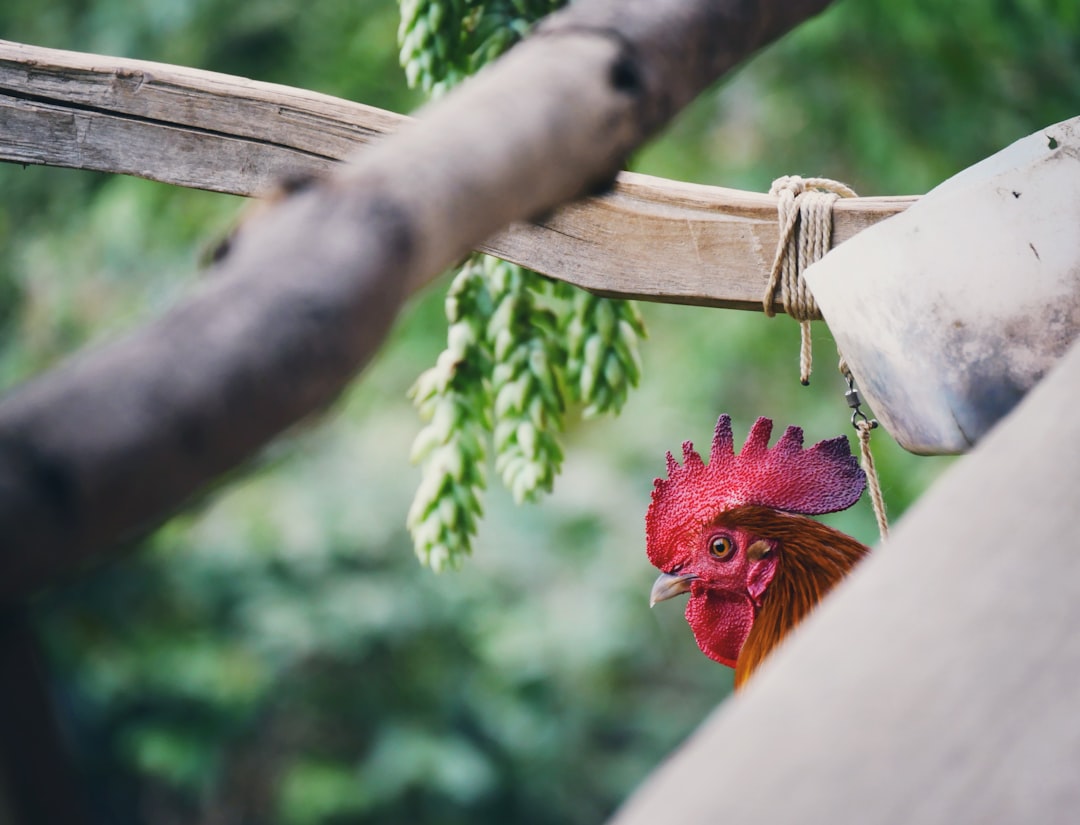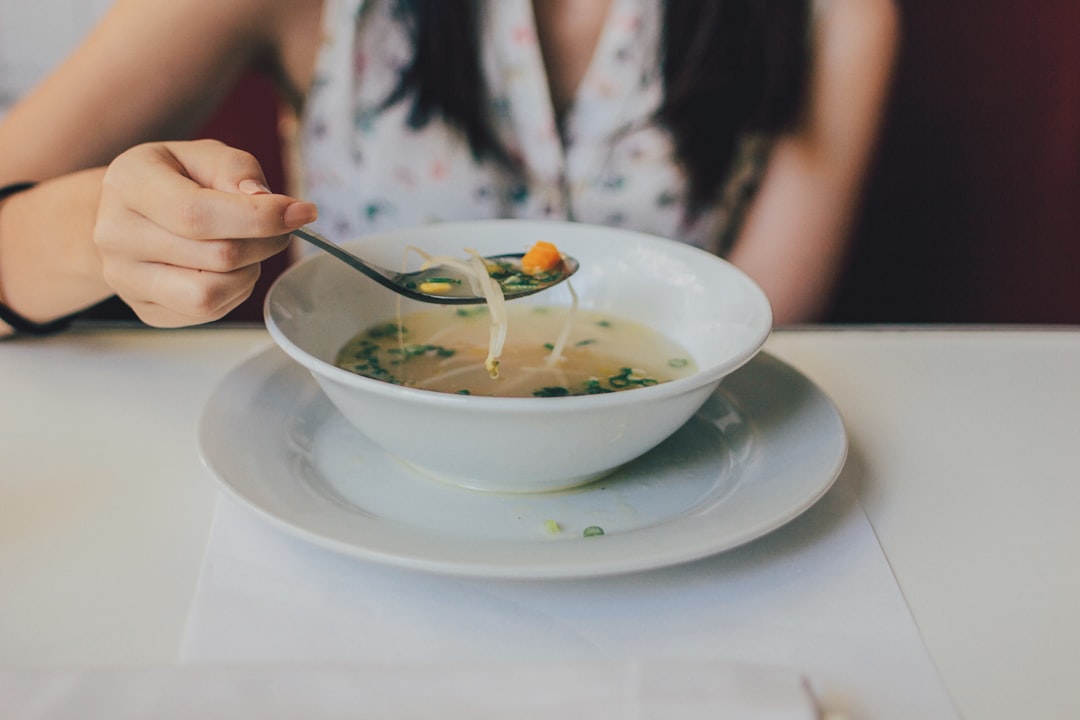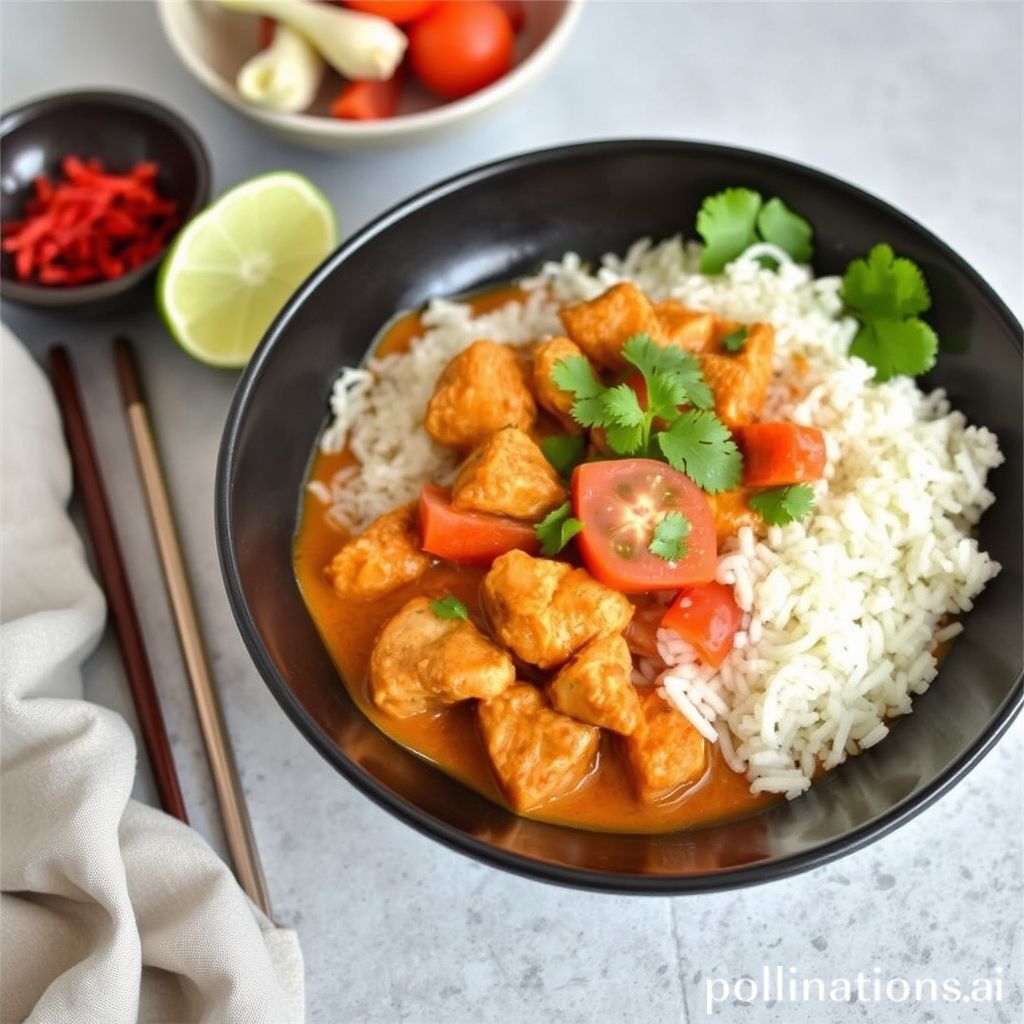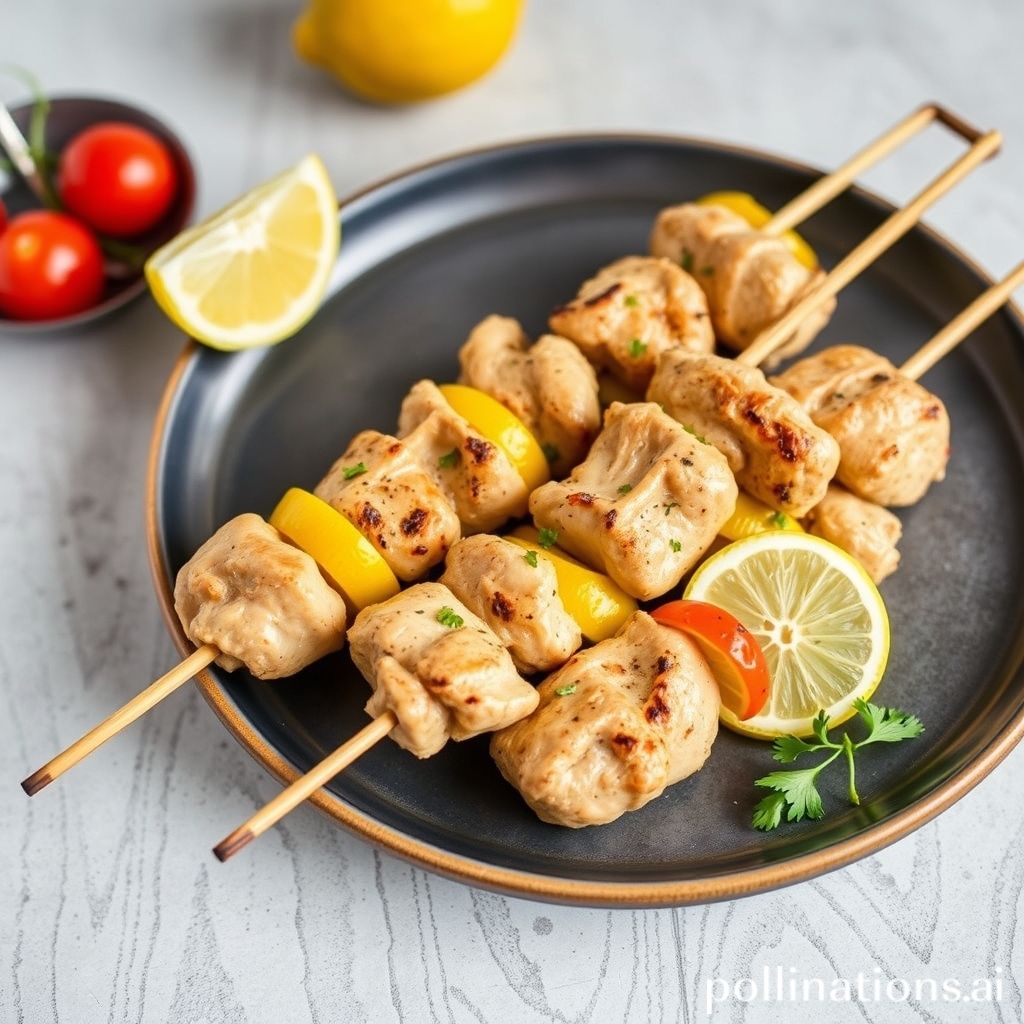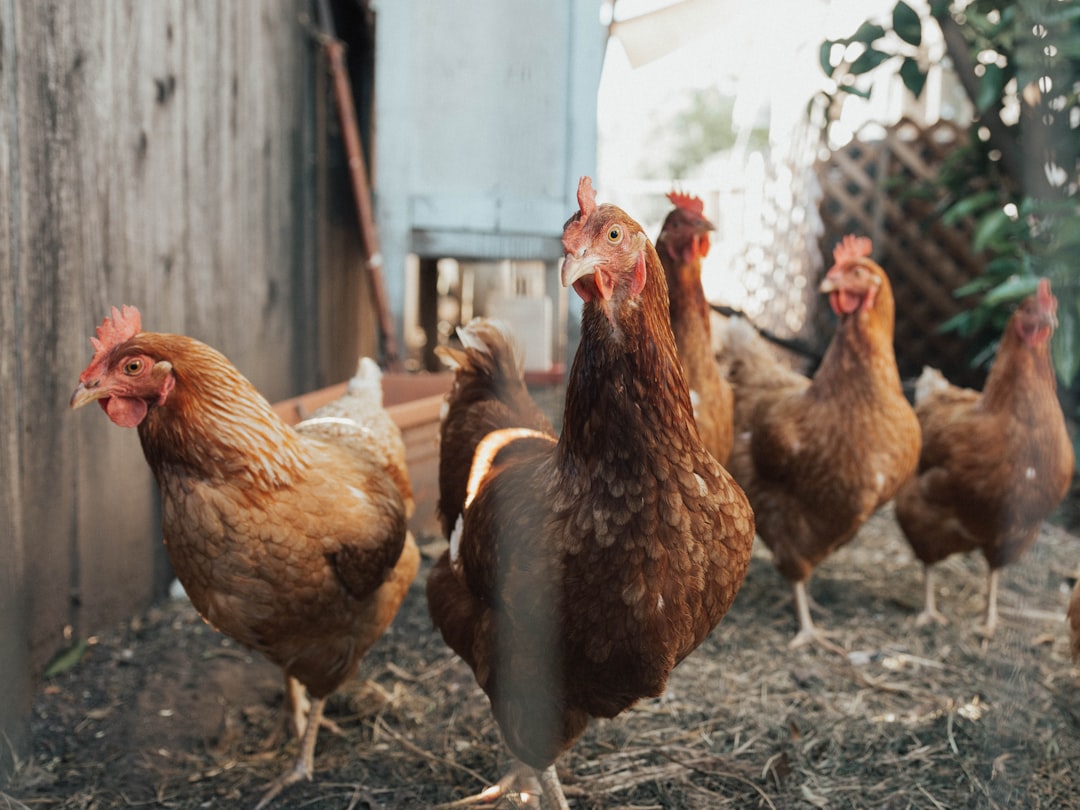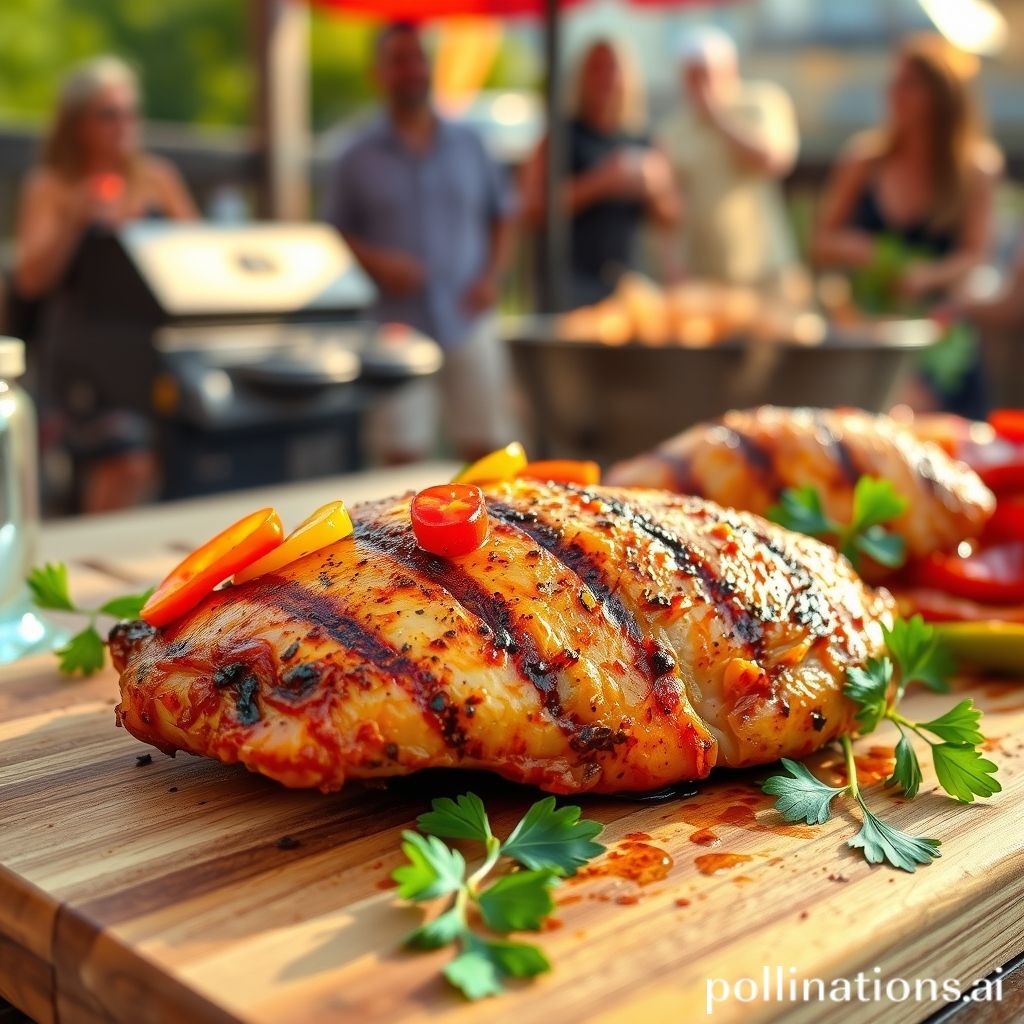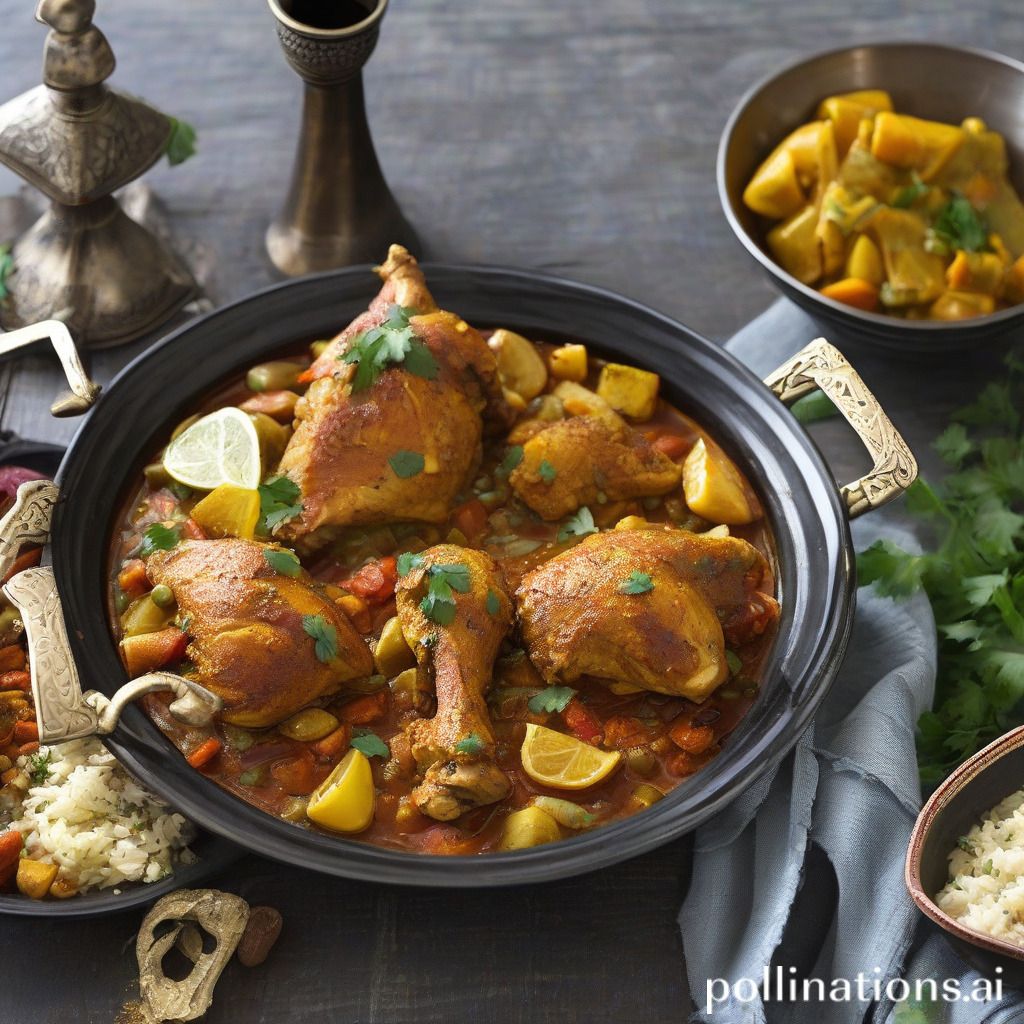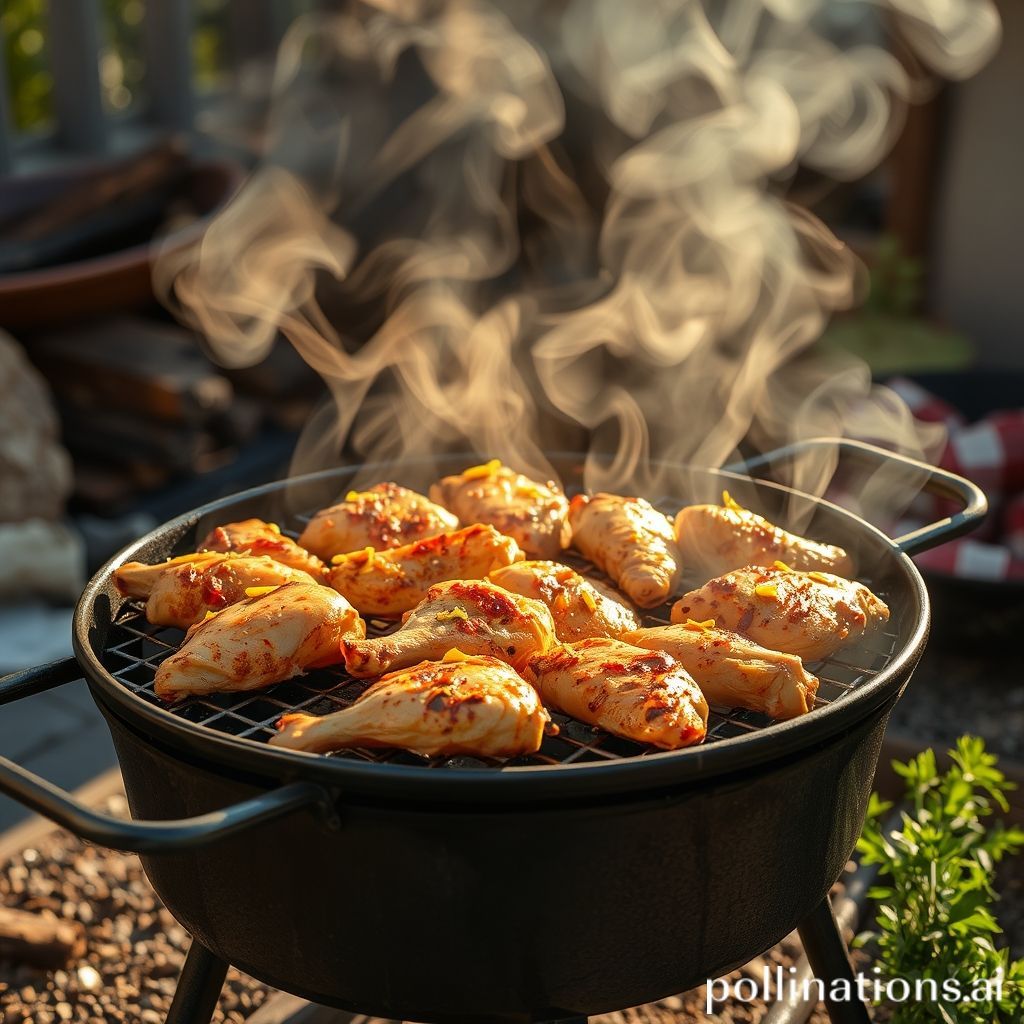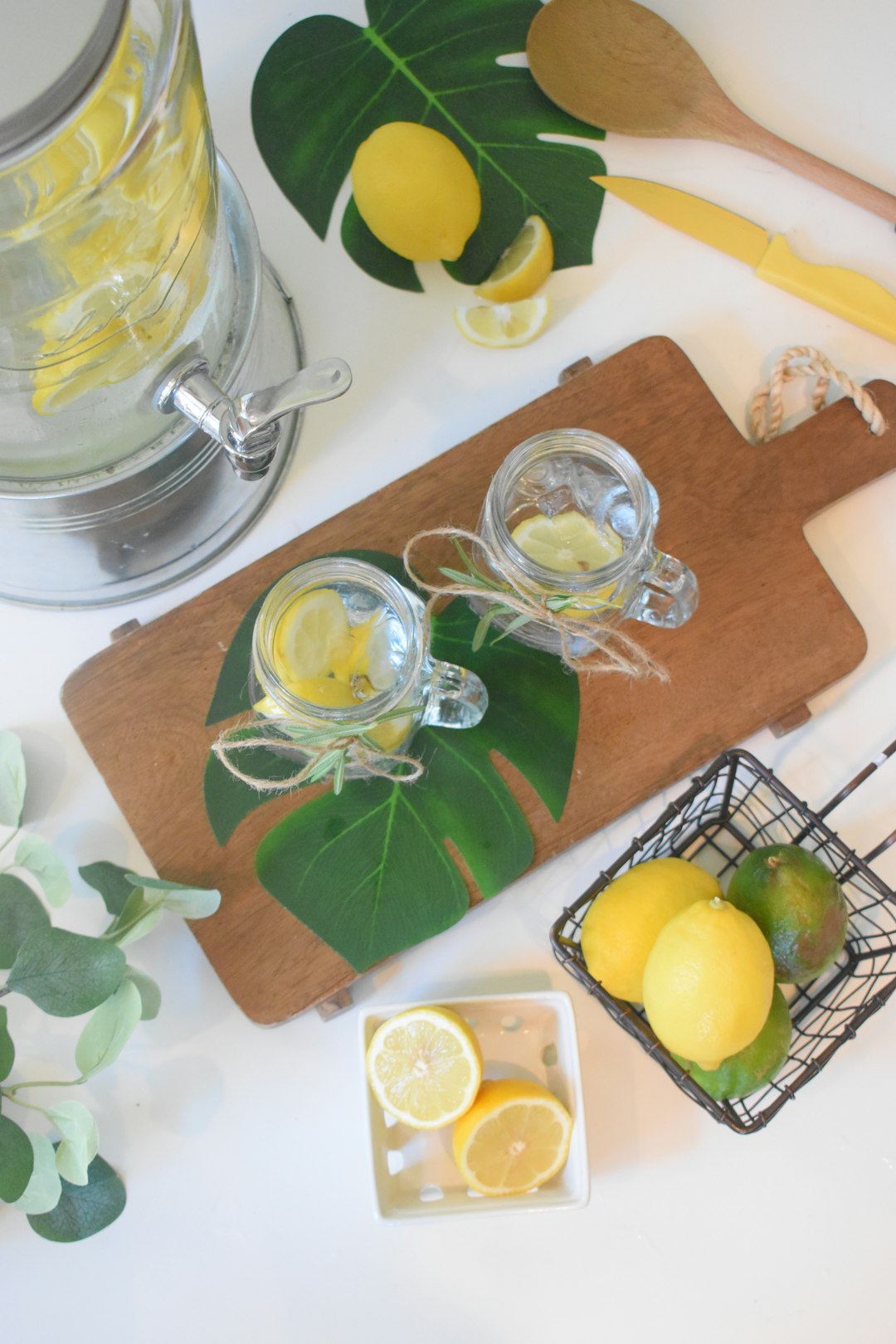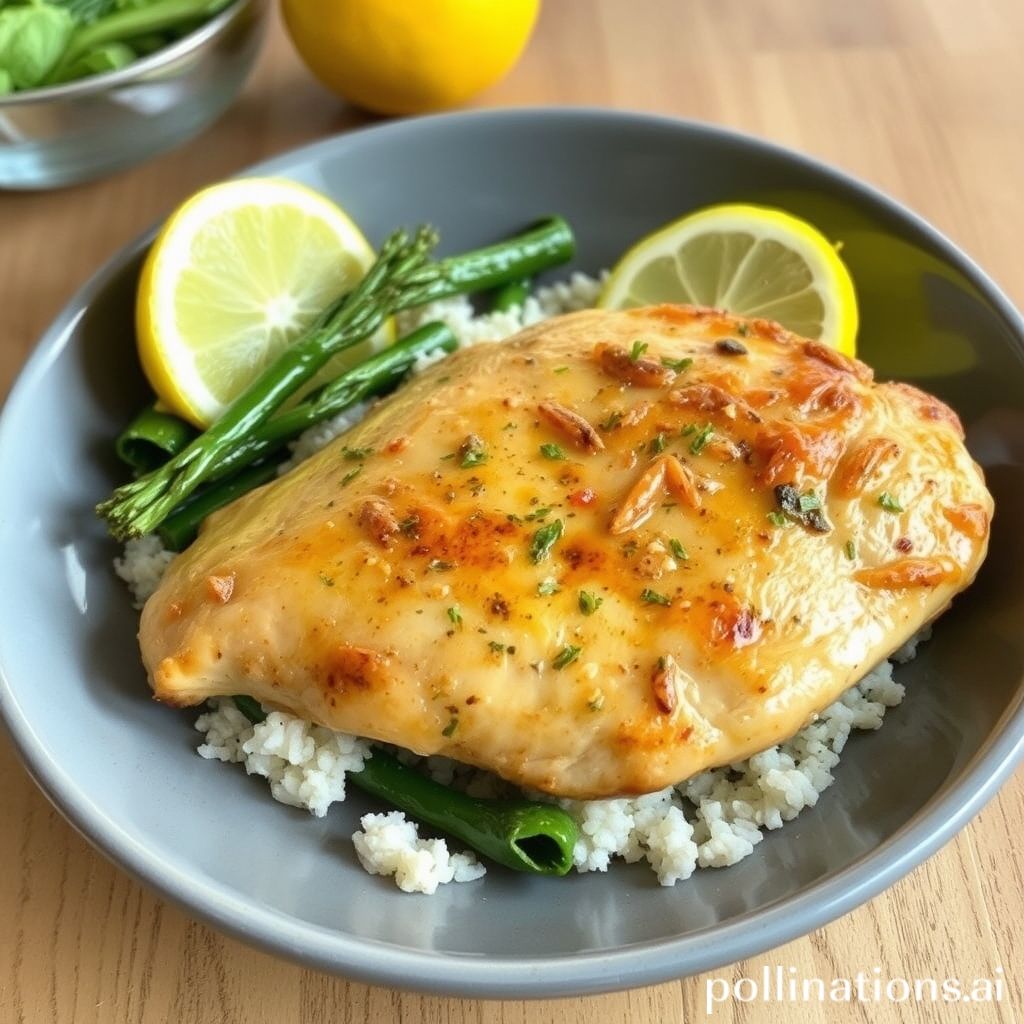Table of Contents
- Introduction
- Ingredients for Coconut Curry Chicken
- Step-by-step Cooking Instructions
- Tips for Making the Perfect Coconut Curry
- Variations and Substitutes for Ingredients
- Health Benefits of Coconut Curry Chicken
- Pairing and Serving Suggestions
- Common Mistakes to Avoid
- Frequently Asked Questions about Coconut Curry Chicken
- Conclusion
- Frequently Asked Questions
Introduction
Imagine, just for a moment, the mouthwatering aroma of coconut curry chicken wafting through your home, triggering memories of sun-drenched tropical paradises. This delightful dish seamlessly blends the freshness of coconut with a symphony of spices, promising a culinary adventure that will captivate both the novice and the seasoned cook. So, dust off your apron and heat up the stove—let’s embark on a flavorful journey rooted in the heart of the tropics.
With a few simple ingredients, you can transform an ordinary evening into an extraordinary feast: diced chicken breast, creamy coconut milk, rich curry powder, tangy lime juice, fresh cilantro, zesty ginger, garlic, onions, and a touch of chili for those who crave a hint of heat. This tantalizing combination promises a dish that bursts with layers of taste and texture, each bite bringing a little piece of paradise to your plate.
Ingredients:
– 1 lb chicken breast, diced
– 1 can coconut milk
– 2 tbsp curry powder
– 1 tbsp lime juice
– 1/4 cup fresh cilantro, chopped
– 1 tbsp ginger, minced
– 3 cloves garlic, minced
– 1 onion, diced
– 1 chili pepper, sliced (optional)
The perfect coconut curry chicken is just a few steps away—whether you’re aiming to impress dinner guests or simply dazzle your own taste buds.
Ingredients for Coconut Curry Chicken
Coconut Curry Chicken is a delightful dish that balances the savory flavors of chicken with the rich creaminess of coconut milk. To create this culinary masterpiece, you will need a selection of carefully chosen ingredients. The primary component of the dish is the chicken, which is typically cut into bite-sized pieces for easy cooking and eating.
Next, you’ll require coconut milk, which acts as the base for the curry, imparting a creamy texture and subtle sweetness to the dish. Aromatic spices are the heart and soul of any curry dish, and for Coconut Curry Chicken, you’ll often need curry powder or a mix of turmeric, cumin, and coriander to provide depth of flavor.
Fresh garlic and ginger are essential for adding zest and a hint of heat, while onions provide sweetness and body to the sauce. For an added burst of flavor, consider using fish sauce or soy sauce.
To complete the dish, vegetables such as bell peppers or spinach can be added for color and nutrients. Finally, a sprinkle of fresh cilantro and a squeeze of lime juice can elevate the dish with brightness and freshness. Together, these ingredients create a memorable Coconut Curry Chicken.
Step-by-step Cooking Instructions
To prepare Coconut Curry Chicken, start by gathering all necessary ingredients: chicken breasts, coconut milk, curry powder, onions, garlic, ginger, bell peppers, and a few spices. Begin by heating oil in a large pan over medium heat.
Add diced onion and sauté until it becomes translucent, then add minced garlic and ginger for added aroma.
Once the base is fragrant, stir in curry powder, allowing it to briefly toast in the pan to enhance its flavor.
Next, add bite-sized pieces of chicken, cooking them until they are golden brown on the surface.
Pour in the coconut milk, ensuring the chicken is fully submerged, and bring to a gentle simmer.
Add sliced bell peppers and any additional vegetables you prefer, letting everything cook together until the chicken is tender and cooked through.
Season with salt and pepper to taste.
Once finished, serve your Coconut Curry Chicken over a bed of steamed rice or with warm naan bread to soak up the delicious sauce.
Garnish with fresh cilantro for an added touch of flavor and color.
Enjoy your homemade Coconut Curry Chicken, a delightful and satisfying dish perfect for any occasion.
Tips for Making the Perfect Coconut Curry
Making the perfect coconut curry involves selecting the right ingredients and using techniques that enhance flavor. Start with quality coconut milk, preferably full-fat, as it provides a richer taste and creamy texture. Fresh spices are crucial; consider toasting whole spices like cumin and coriander before grinding them to unlock their full aroma and flavor. Utilizing a good curry paste is essential – homemade is ideal, but store-bought options such as Thai or Indian pastes can work well if you’re short on time.
Be sure to cook the curry slowly, allowing the flavors to meld and intensify. Sauté onions, garlic, and ginger until they’re soft, forming a flavorful base. Add vegetables that complement the dish, such as bell peppers or green beans, to introduce texture and color. For protein, whether chicken or tofu, ensure it’s tender by cooking it slowly in the curry sauce.
Balance the flavors by tasting as you go; sometimes a squeeze of lime or dash of fish sauce is needed to enhance the dish’s profile. Finally, garnish with fresh herbs like cilantro or Thai basil before serving to add freshness and a vibrant finish. Enjoy your flavorful creation served over warm jasmine rice or fluffy naan.
Variations and Substitutes for Ingredients
Coconut Curry Chicken is a dish that lends itself well to variations and substitutions, allowing for creativity in the kitchen. If coconut milk is not readily available or if you prefer a lighter option, you can substitute it with almond milk or even yogurt, keeping in mind that the flavor profile will change slightly. Those who prefer a spicier dish can add fresh chili peppers or increase the amount of curry powder used. Alternatively, for a milder version, reducing the spice and adding more coconut milk can soothe the palate.
For protein variations, consider using tofu for a vegetarian alternative, or switch to shrimp for a seafood twist. Vegetables are versatile here too; while bell peppers and spinach are common choices, you can experiment with carrots, potatoes, or peas to enhance the dish’s nutritional value.
Remember that even such substitutions and alterations can lead to a delightful new interpretation of Coconut Curry Chicken, catering to different dietary needs and flavor preferences without compromising on taste.
Health Benefits of Coconut Curry Chicken
Coconut Curry Chicken is not only a delectable dish but also offers numerous health benefits. This flavorful dish combines the goodness of coconut milk, aromatic spices, and lean protein from chicken, making it a nutritious meal option. Coconut milk, a primary ingredient, is rich in medium-chain triglycerides (MCTs), which are known to support heart health and weight management. These beneficial fats provide a quick source of energy and can enhance metabolic health.
The spices used in the curry, such as turmeric, garlic, and ginger, are renowned for their anti-inflammatory properties. Turmeric, for instance, contains curcumin, a powerful antioxidant that can reduce inflammation and may improve heart health and brain function. Ginger and garlic also contribute to boosting the immune system, promoting digestion, and offering antibacterial benefits.
Chicken, a lean source of protein, helps in building and repairing tissues in the body and can keep you feeling full longer, thereby supporting weight management efforts. Overall, Coconut Curry Chicken is not only satisfying to the palate but also packed with nutrients that can maintain and improve overall health.
Pairing and Serving Suggestions
When it comes to serving Coconut Curry Chicken, there are numerous pairing options that can enhance the flavor and complexity of this dish.
One popular choice is to serve it over a bed of steamed jasmine or basmati rice, which soaks up the rich and aromatic coconut sauce beautifully. Quinoa is another excellent option for a healthier, gluten-free alternative.
For a more complete meal, complement the curry with a side of sautéed greens such as spinach or bok choy, which adds a touch of freshness and balance.
If you’re entertaining guests, consider offering naan bread or roti on the side; these can be used to scoop up the curry, adding a delightful texture and warmth.
Pairing with a crisp, chilled white wine such as Sauvignon Blanc or a light beer can also accentuate the flavors and spices of the dish.
To add a hint of acidity, serve the curry with a wedge of lime or a small side of pickled vegetables.
With these pairing suggestions, Coconut Curry Chicken can be transformed into a delightful and satisfying meal that appeals to a wide range of palates.
Common Mistakes to Avoid
Coconut Curry Chicken is a delightful dish, but certain common mistakes can affect its flavor and texture. One of the most frequent errors is using low-quality or old coconut milk, which can result in a dish that lacks the rich, creamy taste essential to curry. Always opt for a good brand and check the expiration date. Another mistake is not allowing the spices to cook fully; they need time to develop their robust flavors.
Rushing this process by adding liquids too early can lead to a bland outcome. It’s also crucial to cook the chicken thoroughly yet carefully. Overcooking can make it tough and dry, while undercooking poses health risks. Pay attention to the cut of chicken used, as certain cuts may require longer cooking times to become tender.
Additionally, don’t overlook seasoning throughout the cooking process—tasting as you go allows for adjustments that ensure a balanced flavor profile. Finally, resist the urge to overcomplicate the dish. The beauty of Coconut Curry Chicken lies in its simplicity, so avoid adding too many auxiliary ingredients that may overshadow its core flavors.
Frequently Asked Questions about Coconut Curry Chicken
Coconut Curry Chicken is a flavorful dish that combines tender pieces of chicken with a rich, creamy sauce made from coconut milk and a blend of spices. Many people often have questions about how to prepare and customize this delicious meal. One common query is about the type of coconut milk to use. For a creamy texture, it’s best to use full-fat coconut milk, but light versions can be substituted for a lower-calorie option. Another frequent question relates to the level of spiciness; adjusting the amount of curry powder or adding chili peppers can easily modify the heat to suit your palate. Some wonder about the best cuts of chicken for this recipe. Boneless, skinless chicken breasts or thighs are most commonly used, offering a good balance of ease and flavor. Many also ask if vegetables can be added; indeed, adding bell peppers or baby spinach not only enhances flavor but also boosts nutritional content. Finally, people often question what to serve alongside Coconut Curry Chicken. Traditional accompaniments include steamed basmati rice or warm naan bread, which help to soak up the delicious sauce and provide a perfect balance to the dish.
Conclusion
As we journey through the culinary marvel that is Coconut Curry Chicken, it’s evident that mastering this dish requires not just skill but also an appreciation for the vibrant flavors and textures it offers. From selecting the finest ingredients to embracing the subtle art of balancing spices, each step is a testament to enriching your palate with a taste of tropical heaven. Whether you’re serving it over a bed of fragrant jasmine rice or pairing it with warm naan, this dish is not just a meal but an experience that brings a piece of culinary paradise to your dining table. For those inspired to elevate their chicken game further, why not expand your recipe repertoire with The Chicken Bible: Say Goodbye to Boring Chicken with 500 Recipes for Easy Dinners, Braises, Wings, Stir-Fries, and So Much More? Dive into a world of delectable chicken recipes that’ll transform your cooking and bring endless possibilities to your kitchen. Purchase your copy today and start your journey to becoming a culinary maestro.
